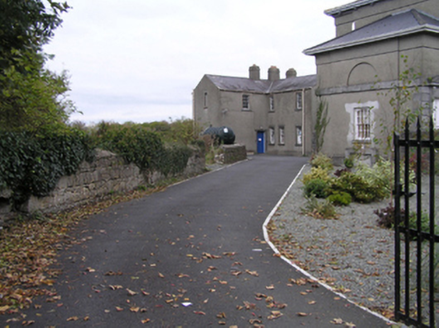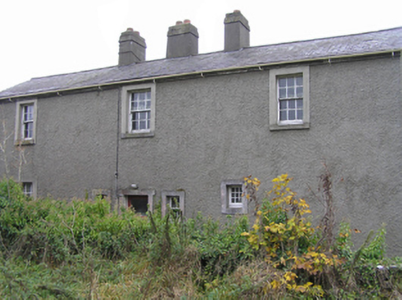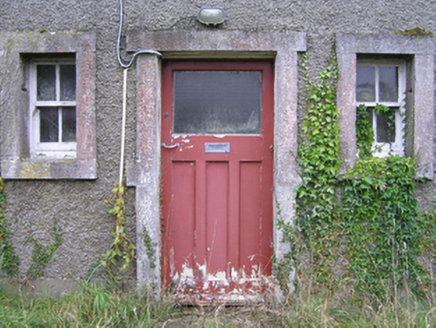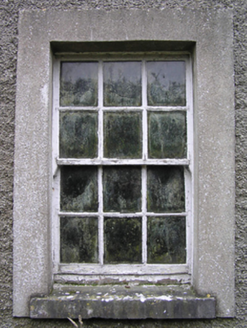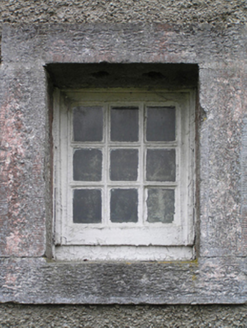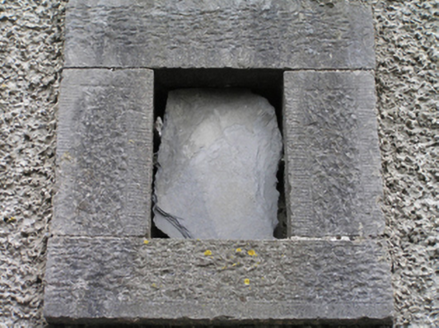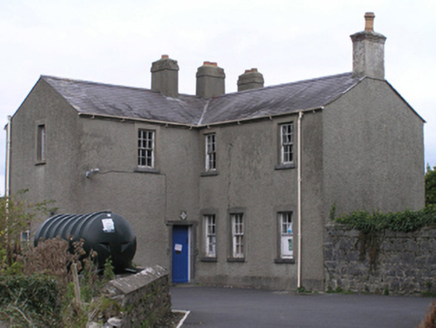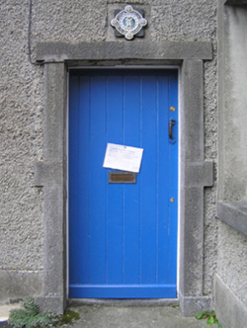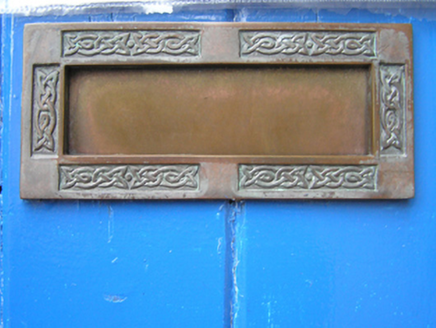Survey Data
Reg No
12304010
Rating
Regional
Categories of Special Interest
Architectural, Historical, Social
Original Use
Garda station/constabulary barracks
Date
1923 - 1937
Coordinates
228433, 163501
Date Recorded
19/05/2004
Date Updated
--/--/--
Description
Detached three-bay two-storey Garda Síochána station, ----, on a T-shaped plan with single-bay (two-bay deep) two-storey central return (south). Now disused. Pitched slate roof on a T-shaped plan centred on pitched slate roof (south), clay ridge tiles, paired rendered central chimney stacks centred on rendered chimney stack on axis with ridge having chamfered stringcourses below capping supporting terracotta pots, rendered chimney stack (south) having red brick corbelled stepped capping supporting terracotta octagonal pot, and cast-iron rainwater goods on cut-limestone eaves retaining cast-iron downpipes. Roughcast walls on rendered plinth. Square-headed central door opening with drag edged tooled cut-limestone block-and-start surround framing glazed timber panelled door. Square-headed flanking window openings with drag edged tooled cut-limestone monolithic surrounds framing two-over-two timber sash windows. Square-headed window openings with drag edged dragged cut-limestone sills, and rendered flush surrounds framing six-over-six timber sash windows. Square-headed window openings (south) with drag edged dragged cut-limestone sills, and rendered flush surrounds framing six-over-six timber sash windows. Set in landscaped grounds shared with Urlingford Courthouse.
Appraisal
A Garda Síochána station representing an important component of the built heritage of Urlingford with the architectural value of the composition, one repurposing at least the shell of a constabulary barrack damaged (July 1922) during "The Troubles" (1919-23; National Archives of Ireland OPW/6/3/34), confirmed by such attributes as the compact plan form centred on a restrained doorcase; and the somewhat disproportionate bias of solid to void in the massing compounded by the slight diminishing in scale of the widely spaced openings on each floor producing a feint graduated visual impression with those openings showing silver-grey limestone dressings. A prolonged period of neglect notwithstanding, the form and massing survive intact together with substantial quantities of the original fabric, both to the exterior and to the utilitarian interior, thus upholding the character or integrity of a Garda Síochána station forming part of a self-contained group alongside the adjacent Urlingford Courthouse (see 12304009) with the resulting ensemble making a pleasing visual statement in a rural village street scene.
